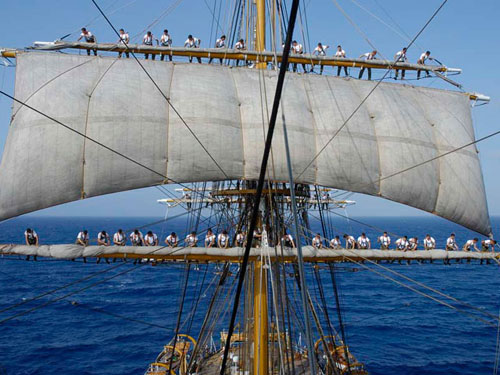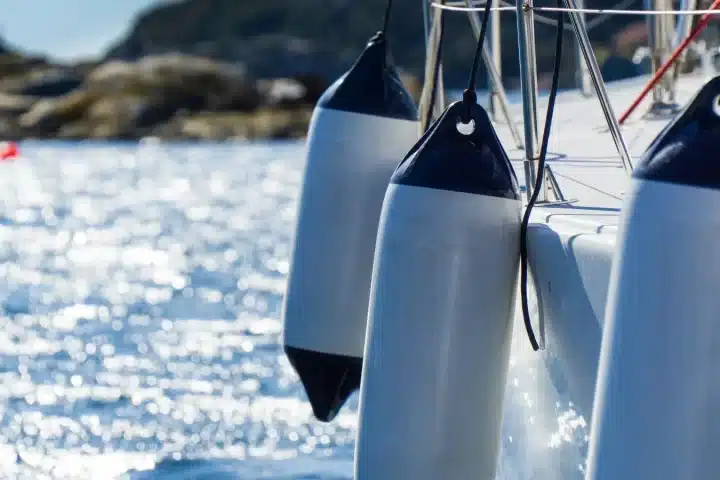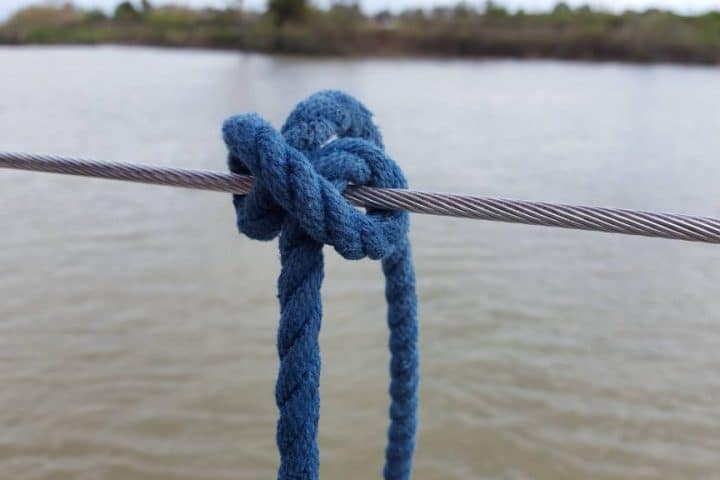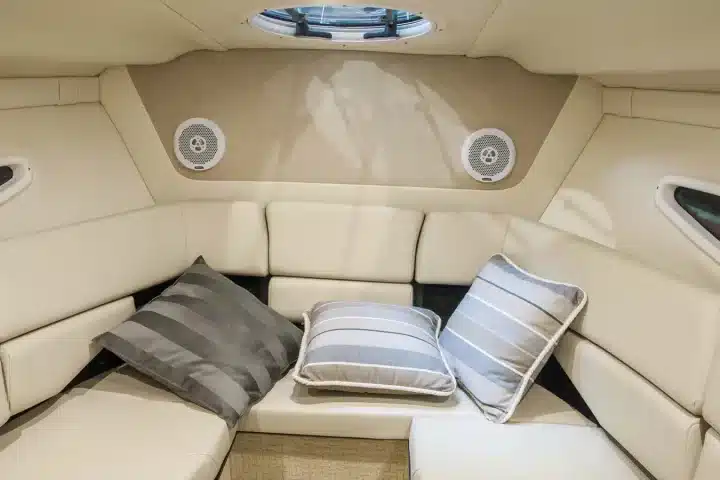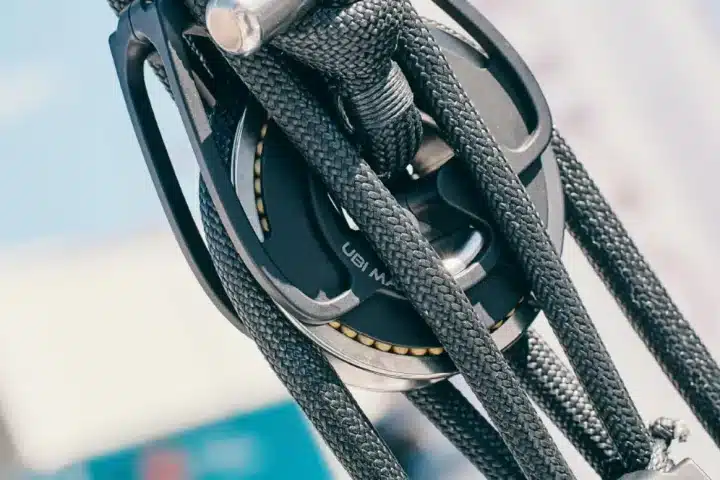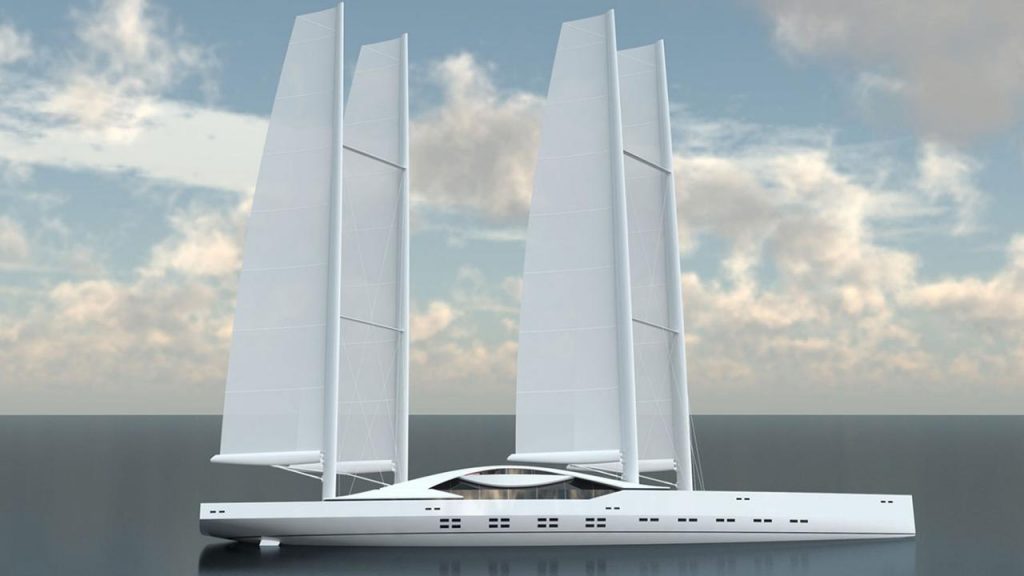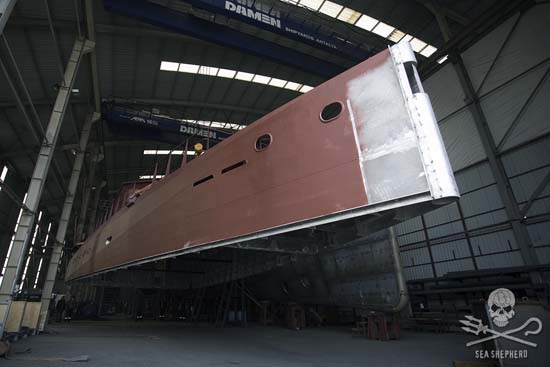When people talk about passengers at sea, they usually refer to people travelling on ships or ferries.
The term “crew“, on the contrary, generally refers to all personnel operating aboard a ship or a boat.
The difference is huge. A crew express, first of all, the value of doing things together. Even the person who comes aboard for the first time will hardly spend his time without giving his contribution to on-board life.
Being part of a crew – even the most familiar and in the quietest cruise – means to participate, even with no specific tasks, to travel safety.
At sea, the total absence of risks doesn’t exist. Safety doesn’t mean to remove them completely but to lower them to a minimum relying on a well-equipped safe boat and adopting proper behaviours.
Hence, the importance of captains of preparing their crew always, even before the simplest cruises, through a scrupulous but not alarming briefing where few clear information is transferred to everybody.
The right moment to take the briefing is just after boarding. A sentence like ” I need your attention for few minutes” is sufficient for the captain to open his explanation.
Our advice is to make a list so that nothing is forgotten and start by showing everybody the use and position of systems, equipment as well as few specific rules.
Personally, I start with the chart table. After establishing that Vhf must be always tuned on channel 16, the captain should show how to turn on the device and make a radio call. Politeness is not necessarily required but crew members absolutely have to know which bottom to push and what to say if the skipper needs someone at the radio.
Then, it’s important that everybody knows where to read the ship’s position: in a very simple way, the captain must show where, on GPS, to read the latitude and longitude values and how to communicate them via radio in case of emergency.
Now, it’s time to move to equipment. Once their position has been showed, it’s important to show how, when and in which sequence to use rockets; then, the location of the first-aid kit must be indicated.
In the dinette, there’s the place with the highest risk of fires, that is galley. This is where a fire blanket must be placed, preferably in a box fixed to the bulkhead so that it can be taken quickly. Let the others see how and when to use it.
As regards lifejackets and belts, the ideal would be that each member of the crew has his own belt-equipped adjusted lifejacket in his own cabin. If it is not possible or you are not convinced, it’s important to show everyone where lifejackets are stowed and how they can be put on.
Now, it’s time to move to the cockpit, where three important pieces of information are waiting for us. The first concerns the life raft which we hope is easily accessible in the locker. Everyone must knows exactly where it is and that, before throwing it in water, it needs to be fastened to the boat.
Then, crew members must be informed about how to start and stop the engine.
Finally, the autopilot. You don’t need to explain how to use it but it’s certainly very important to show which button to push to disable it and move to manual driving.
Since we’re in the deck, let’s see together some useful precautions to move on board safely. It’s essential to: wear your shoes while maneuvering; not walk on gangways since they are slippery; not dive when engine is on and, in general, until the skipper gives the green light; agree that, when the skipper calls the entire crew is for an important reason.
These are just some essential basics which can be later supplemented by further indications and suggestions about, for example, the use of water, toilets and energy when at anchor.
I would like to add one more thing which may seem obvious but it’s still very important. Before your crew members leave their home, preferably in the e-mail or during the call where you inform them about clothing and times to respect, please remind them not to forget their identity document. During a control, no one, not even the ship owner or the captain, can in fact ensure the identity of a person with no document.
